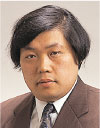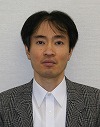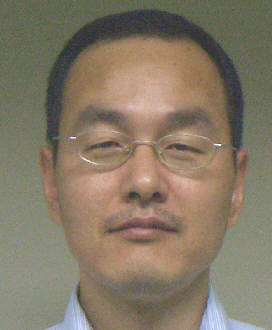T. Adachi1, Y. Fujita1, A. D. Bacher, G. P. A. Berg, T. Black, D. De Frenne, C. C. Foster, H. Fujita1, K. Fujita, K. Hatanaka, M. Honma, E. Jacobs, J. Jänecke, K. Kanzaki, K. Katori1, K. Nakanishi, A. Negret, T. Otsuka, L. Popescu, D. A. Roberts, Y. Sakemi1, Y. Shimbara1, Y. Shimizu, E. J. Stephenson, Y. Tameshige, A. Tamii, M. Uchida, H. Ueno, T. Yamanaka, M. Yosoi and K. O. Zell. High-resolution study of Gamow-Teller transitions via the 54Fe(3He,t)54Co reaction Phys. Rev. C, 85:024308/1-15, 2012.
The Gamow-Teller transition strengths, B(GT), in pf-shell nuclei are of interest in nuclear physics as well as in nuclear astrophysics. A high-resolution (3He,t) charge-exchange (CE) reaction was performed on the Tz = +1 nucleus 54Fe at 0°and at an intermediate incident energy of 140 MeV/nucleon for the study of precise GT transition strengths to the final Tz = 0 nucleus 54Co. By applying dispersion matching techniques for a high-quality 3He beam at RCNP, an energy resolution of 21 keV and an angular resolution of 5 mr were realized. The bumplike structure of the GT resonance observed in low-resolution CE reactions at around the excitation energy (Ex) of 10 MeV was resolved in individual L = 0, GT states. Excitation strengths were obtained for these GT states. If the R2 value that is defined by the ratio between GT and Fermi unit cross sections is known, the B(GT) values can be determined from the excitation strengths. For the derivation of the R2 value, the merged analysis combining the GT strength distribution from the 54Fe(3He,t)54Co study and the half-life from a 54Ni fi decay was used, where T = 1 isospin symmetry for A = 54 isobars was assumed. The GT strengths were compared with a shell-model calculation using the GXPF1 interaction. The final GT states can have the isospin values T = 0, 1, and 2. The isospin T of each GT state observed in the 8:3Ex12:0 MeV region of the 54Fe(3He,t)54Co spectrum was identified by comparing the excitation strength with that of corresponding M1 state observed in a 54Fe(p,p0)54Fe experiment. The B(GT) values of the states identified to have T =2, in particular, are of importance for the calculation of the electron capture rates at the core-collapse stage of presupernovae. The B(GT) strengths were further compared with B(M1) strengths measured in the 54Fe(e,e′)54Fe reaction. In the M1 excitation using an electromagnetic probe, isoscalar (IS) and isovector (IV) orbital type operators are active in addition to the IV spin type operator that mediates the GT transitions. The contributions of the IS and IV orbital terms were studied by calculating the ratio of the strengths of analogous M1 and GT transitions.












